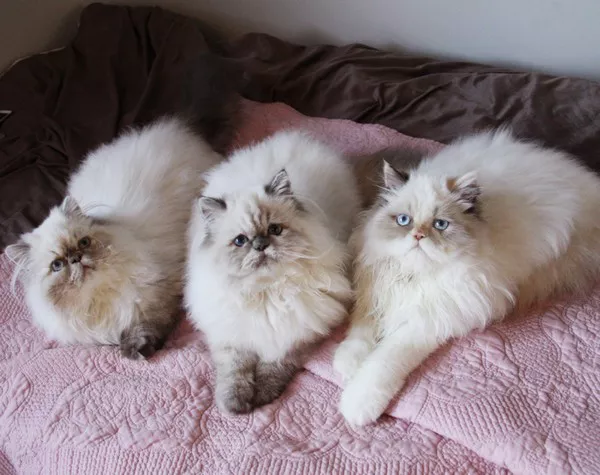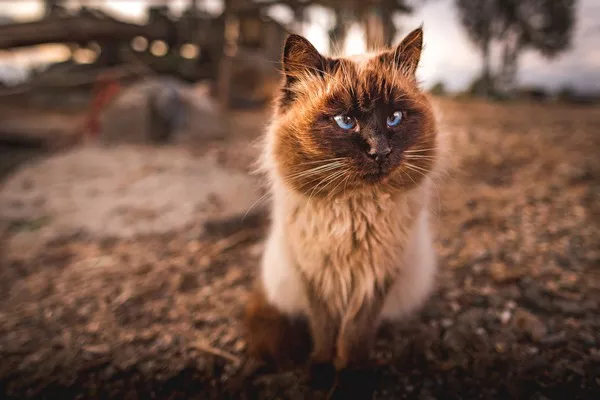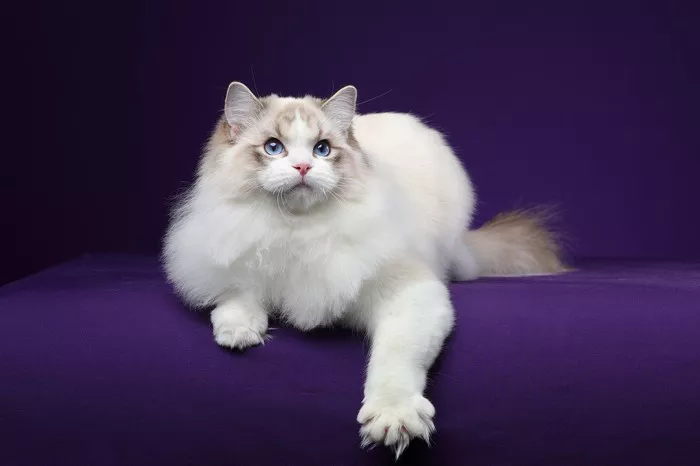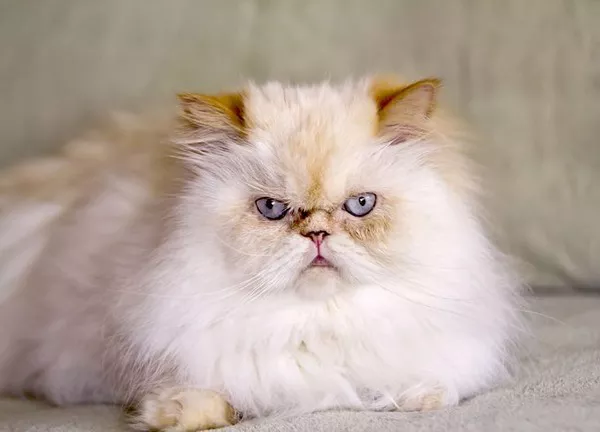Welcoming a Himalayan cat into your home introduces you to a world of regal elegance and affectionate companionship. Amidst the joy of having this distinguished breed as part of your family, questions about their dietary needs often arise. One age-old inquiry that many cat owners ponder is whether they can give milk to their Himalayan cat. In this comprehensive guide, we will delve into the intricacies of feline nutrition, explore the myths surrounding cats and milk, understand the specific needs of Himalayan cats, and provide guidance on incorporating milk into their diet, if at all.
Understanding Himalayan Cats: Elegance Personified
Distinctive Traits of Himalayan Cats
Himalayan cats are known for their distinctive features that set them apart in the feline world. From their striking color points and luxurious long coats to their docile and affectionate nature, Himalayans embody an exquisite blend of Persian and Siamese traits.
Breed Origins and Influences
Tracing their origins back to the crossbreeding of Persian and Siamese cats, Himalayans boast a royal lineage. Understanding the genetic influences on their physical characteristics is essential for tailoring their nutritional requirements.
Nutritional Needs: A Breed-Specific Approach
The dietary needs of Himalayan cats are influenced by their unique physical traits and genetic makeup. Exploring the essential elements of their nutrition, including proteins, fats, vitamins, and minerals, becomes crucial for maintaining their overall health and well-being.
Demystifying the Milk Myth: Cats, Kittens, and Lactose
Cultural Perceptions and Traditions
The historical association between cats and milk is deeply rooted in cultural traditions and folklore. Exploring the reasons behind this age-old belief sets the stage for understanding the prevalence of offering milk to cats, including the sophisticated Himalayan breed.
Lactose Intolerance in Cats: Separating Fact from Fiction
Contrary to popular belief, many cats, Himalayans included, are lactose intolerant. Delving into the science of feline digestion and the decline of lactase production after kittenhood unravels the realities of offering milk to adult cats.
Kittens and Milk: A Brief Reprieve
While kittens possess the ability to digest their mother’s milk, this capacity diminishes with age. Exploring the window of lactase persistence in kittens emphasizes that milk is not a lifelong necessity and should not be indiscriminately offered to adult cats.
Special Formulas and Cat Milk: Necessity or Luxury?
Commercial Cat Milk Replacements: Nutritional Analysis
Investigating the nutritional content of commercial cat milk replacements designed to mimic a mother cat’s milk offers insights into their suitability for Himalayan cats. Assessing the pros and cons aids in making informed decisions regarding their inclusion in the feline diet.
DIY Cat Milk Alternatives: Crafting Nutrient-Rich Options
For those inclined towards homemade alternatives, exploring recipes for nutrient-rich cat milk substitutes becomes essential. From goat’s milk to lactose-free cow’s milk, understanding the options ensures that homemade alternatives align with Himalayan cats’ dietary needs.
Moderation and Frequency: Finding the Right Balance
Regardless of whether you opt for commercial cat milk or homemade alternatives, moderation is key. Understanding the importance of controlling the frequency and quantity of milk offered to your Himalayan cat prevents potential digestive upsets associated with excessive milk consumption.
Hydration Beyond Milk: The Vital Role of Water
Water as a Primary Nutrient: Prioritizing Hydration
Shifting the focus to the fundamental role of water in your Himalayan cat’s diet emphasizes its importance over milk as a primary source of hydration. Exploring ways to encourage water intake becomes crucial for ensuring your cat’s overall well-being.
Cats and Water Aversions: Overcoming Challenges
Cats, known for their independent nature, may exhibit aversions to water. Discovering strategies to overcome these aversions ensures that your Himalayan cat stays adequately hydrated through regular water consumption.
Detecting Dehydration: Signs and Solutions
Understanding the signs of dehydration is crucial for proactive cat care. Exploring subtle indicators that your Himalayan cat may be dehydrated and learning how to address hydration issues promptly promotes their overall health.
Himalayan Cat-Specific Considerations: A Tailored Approach
Dental Health and Diet: Balancing Kibble and Wet Food
Dental health is a vital consideration for Himalayan cats, given their unique brachycephalic facial structure. Delving into the impact of diet choices, including kibble and wet food, on dental health ensures comprehensive care for your Himalayan cat.
Grooming and Coat Care: Elevating the Beauty of the Himalayan Coat
The luxurious coat of Himalayan cats demands specific grooming considerations. Learning about the grooming needs of Himalayans, including tips for maintaining their lustrous fur and enhancing the beauty of their intricate color points, becomes essential for their well-being.
Personality Traits: Nurturing the “Himalayan Temperament”
Himalayan cats are known for their affectionate temperament. Exploring the endearing qualities that define the “Himalayan temperament,” from their social nature to their love for companionship, influences their dietary preferences and overall well-being.
Conclusion: Tailoring Nutrition for Your Himalayan Companion
In conclusion, the question of whether you can give milk to your Himalayan cat involves a nuanced understanding of feline nutrition, lactose intolerance, and breed-specific considerations. While milk can be offered in moderation, it’s crucial to prioritize water as the primary source of hydration and tailor the overall diet to meet the specific needs of Himalayan cats. This comprehensive guide aims to empower cat owners with the knowledge needed to navigate the complexities of feline nutrition and provide optimal care for their elegant Himalayan companions.



























